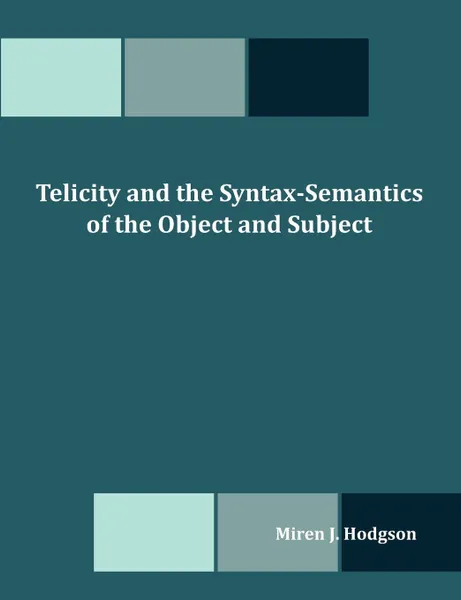Telicity and the Syntax-Semantics of the Object and Subject 12+
Автор: Miren J. Hodgson
2010
184 страницы
Категория: Энциклопедии, справочники
ISBN: 9781599427225
Язык: Английский
📖 This dissertation presents a study on the acquisition of telicity by Spanish and English native speakers. In addition to the study of acquisition, it investigates the syntactic and semantic properties of locatum constructions (e.g., the water filled the bucket), which are sentences that contain two internal arguments and whose subject is non-agentive. This dissertation explores the syntactic and semantic properties of elements of the verb phrase that had not been previously considered in the interpretation of telicity, such as the role of non-agentive subjects and the type of movement that takes place in the checking of the verb's telic features.Contrary to the assumption that only the direct internal argument of the verb can delimit an event, I argue that objects generated in the lower verb phrase, by virtue of being an internal argument of the verb can delimit an event. An object delimits an event by checking the verb's telic features in spec-AspP, either by covert or overt movement. If a predicate contains one internal argument (e.g., the boy filled the bucket) the checking of the verb's telic features takes place via covert movement. That is, only the NPs specific quantification features move covertly to check the verb's telic features in spec-AspP. However, if the predicate contains two internal arguments (e.g., fill the bucket with water), the surfaced subject (e.g., the water filled the bucket) by virtue of being an internal argument of the verb, checks...
Мнения
